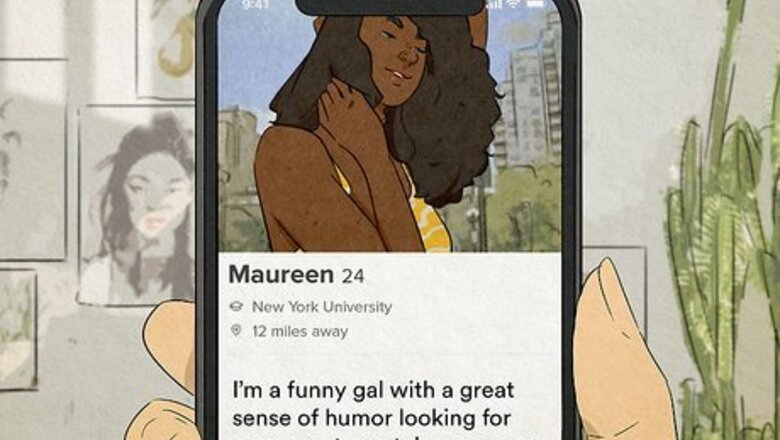
views
- “In a spectrum” might mean a user identifies as a gender that’s not “man” or “woman,” or that their sexuality is more complex than just hetero- or homosexual.
- “In a spectrum” may also indicate that a user is on the autism spectrum, which is a diverse and complex developmental condition.
- The “In a spectrum” label may also indicate that a user has a nontraditional sleep schedule.
What does Tinder’s “In a spectrum” label mean?
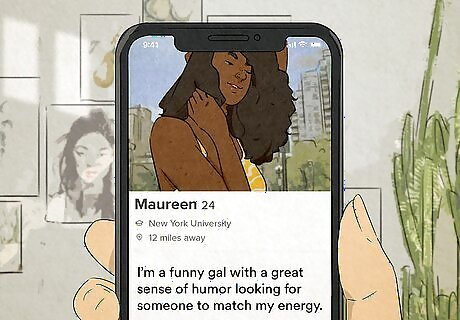
“In a spectrum” may refer to someone’s gender or sexuality. When someone uses the “In a spectrum” label on tinder, it may mean that they identify with a gender other than “man” or woman.” It might also mean they define their sexuality as something other than “heterosexual” or “homosexual.” People often refer to gender or sexuality as “spectrums” because they can be fluid, shifting, or not just one thing or the other. Someone with a fluid or nonbinary gender orientation or sexuality might use this label to find like-minded or open-minded individuals on the app.
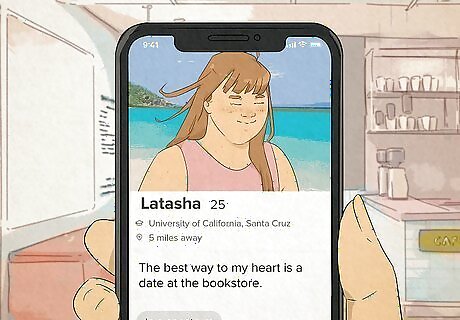
“In a spectrum” may mean that someone is autistic. Some Tinder users might use the “In a spectrum” label to indicate that they have autism spectrum disorder. Autism is also said to exist “on a spectrum” because of the wide variety of symptoms (and their varied intensity) that people with autism may experience. Someone who uses the “In a spectrum” label on Tinder may be alerting potential matches to the fact that they are autistic, or they may be searching for like-minded people.

“In a spectrum” might refer to someone’s sleep schedule. Some believe the “In a spectrum” label on tinder means that someone might have non-traditional sleep patterns, like being awake primarily at night. This might be because the label is accompanied by what appears to be a rising (or setting) sun icon, which might suggest the day/night cycle. Tinder hasn’t made any official clarifications about the label, so nobody can say for sure. Note that the “sun” icon might also be interpreted as a dial, which may be shorthand for the concept of a spectrum, and so may be evidence for the gender/sexuality/autism interpretation.
Understanding Gender and Sexuality Spectrums
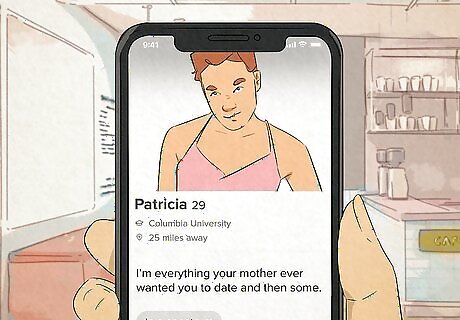
Many believe that gender doesn’t exist in a binary system. This means there’s more than just “man” or “woman.” Many believe that gender is merely a societal expression of who you are, and so it can be shifting, complex, and exist outside of how many of us currently conceive of gender. A single person might define their gender as nonbinary (neither a man nor a woman), genderfluid (not a fixed gender), transgender (identifying with the opposite gender of what they were assigned at birth), or even as no gender at all. Note that “sex” is different from “gender.” Sex is a person’s biological traits as determined by their chromosomes. But even sex isn’t binary; “intersex” people have chromosome combinations, genitalia, or hormones that don’t coincide with our definitions of “man” and “woman.”
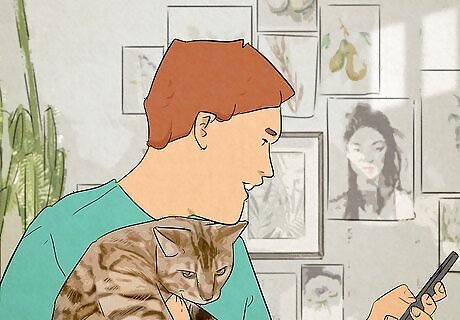
Sexuality is often more complex than “heterosexual” and “homosexual.” We tend to think that people are attracted to the opposite gender, or even just to the same gender, but that’s often untrue. Take bisexual people, for example, who are attracted to both men and women (and often other identities). Asexual people may not experience attraction at all. Someone might be slightly attracted to men, but mostly attracted to women. Like gender itself, attraction is complex, diverse, and shifting, and so we might say it exists on a spectrum rather than a binary. Attraction is also split into sexual attraction, or your physical desire, and romantic attraction, or your emotional desire, which further adds to the complexity of the spectrum.
Understanding the Autism Spectrum
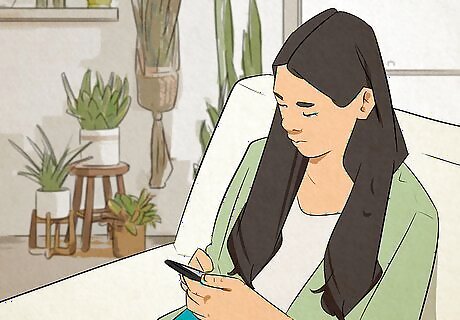
Autism is a condition that affects how a person learns and behaves. Autism is often classified as a developmental disorder, and it often affects how a person generally interacts with and experiences the world. Autistic people have a wide range of behaviors and thought patterns—intense fixations, sensitivity to sound or other sensations, unique ways of socializing, unique ways of learning new information, and much more. These behaviors are varied and diverse in their presentation and intensity, so when explaining autism, it’s often said that autism exists on a spectrum. Autistic people may have special needs, require certain accommodations, or just operate with different social expectations, which makes the “In a spectrum” Tinder label useful when getting to know how to interact with someone autistic.
Starting a Conversation About “In a Spectrum”
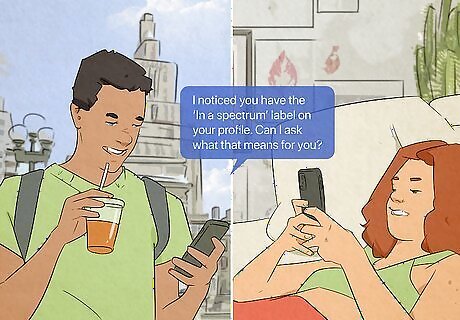
Ask your match what the label means for them. If you’re not sure which of these definitions might apply to your Tinder match, just ask! Chances are, they added that label so that other users can get to know more about them and ask questions, so consider using it as a conversation starter. Just remember to be polite and open-minded, but always curious. For example, you might say, “I noticed you have the ‘In a spectrum’ label on your profile. Can I ask what that means for you?” If you use the “In a spectrum” label yourself, you might say, “Hey! I noticed we both use the ‘In a spectrum’ label and was wondering if it means the same for you as it means for me…”













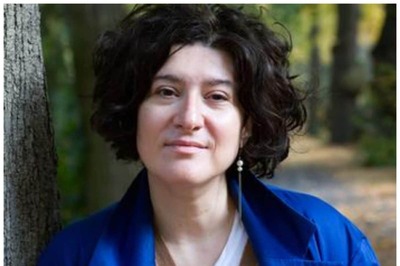


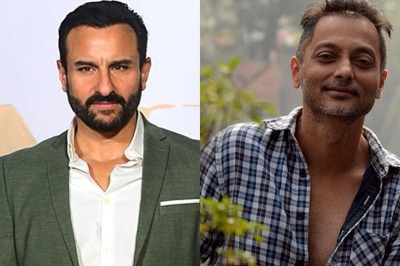



Comments
0 comment